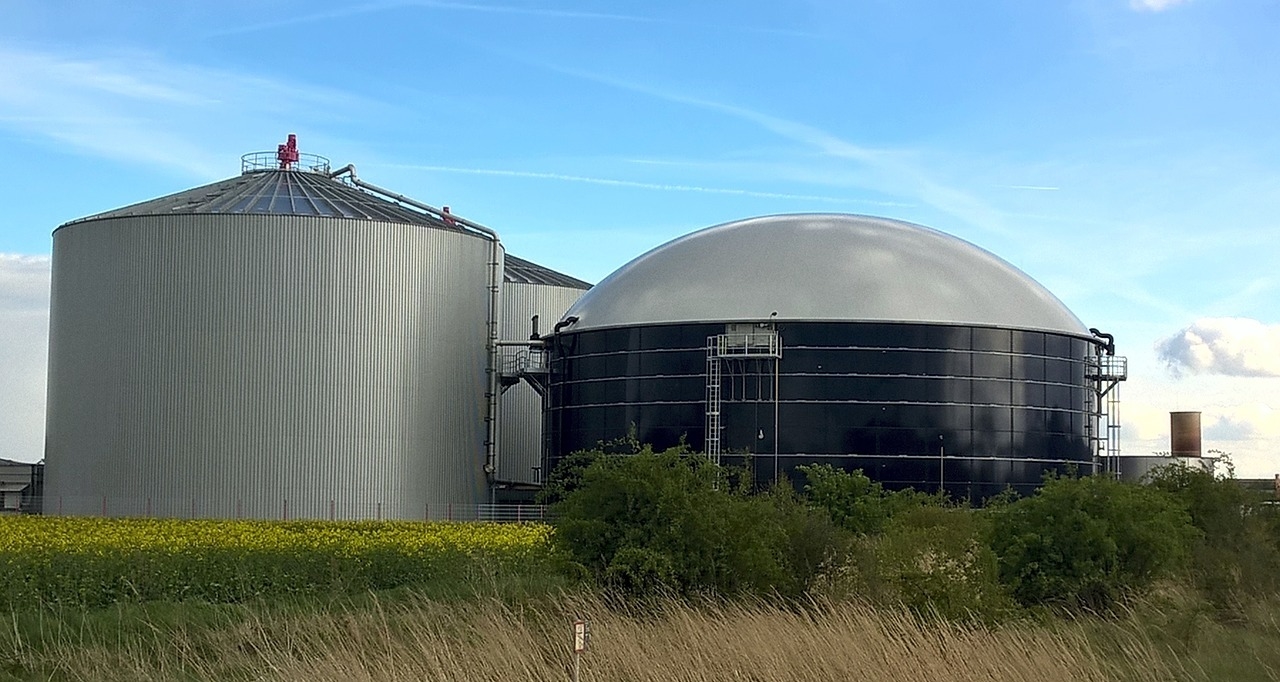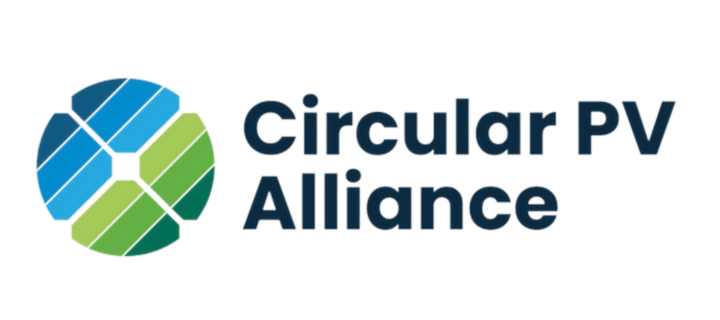Report: Renewable LPG supply could replace all conventional LPG in Australia by 2045
New research demonstrates eight distinct, commercially viable pathways for Australia's LPG sector to achieve not only net zero emissions, but actual zero, by 2045, on a comparable timeline to the decarbonisation of electricity supply.

Over 2 million Australian homes rely on LPG for in-home cooking, hot water and heating, with some 511,000 of those homes in NSW. How does gas compare to electricity when it comes to the cost and logistics of transitioning to zero emissions?
Commissioned by Gas Energy Australia and the Australian Gas Industry Trust, the newly released Frontier Economics Report 'Pathway to Zero Emissions for LPG' projects renewable LPG supply in Australia will replace all conventional LPG by 2045.
Gas Energy Australia CEO Brett Heffernan explains that with no extra costs to taxpayers, homeowners, businesses or community groups using LPG, the huge benefit of renewable LPG is it's a simple 'drop in' replacement for conventional LPG. Existing cylinders, pipes and appliances require no changes.
"With the Australian Energy Market Operator belling the cat on looming electricity shortfalls and potential major blackouts, renewable LPG should be seen as complementing government policy with zero emitting energy that relieves pressure on the electricity grid, saves on switching costs and is 100% reliable," he argues.
As detailed in the Frontier Economics Report, the transition timeline for Australia includes:
- Biodiesel and Sustainable Aviation Fuel via HVO as the first-generation transition, with three plants planned in Gladstone (Qld) and Kwinana (WA), starting from 2025.
- BioLPG from gasification with Fischer-Tropsch by 2030.
- Renewable dimethyl ether (rDME) from biomass 2030.
- Renewable dimethyl ether (rDME) from green H2 by 2035.
- Renewable LPG (rLPG) from power-to-liquids by 2035.
- Conventional LPG phased-out entirely by 2045.
- By 2050 only zero/net zero sources of LPG will be available.
Heffernan explains the transition to bioenergy is already happening across Europe where 100% renewable LPG, derived from Hydrotreated Vegetable Oils (HVO), has been used industrially since 2019 and has been commercially available in cylinders for families and hospitality venues for cooking, hot water and space heating, since mid-2020.
The findings and the pathways identified in 'Pathway to Zero Emissions for LPG' show that not all gases are the same, Mr Heffernan said. "RLPG and rDME have clear and commercially viable paths now to actual zero emissions, without the cost and supply pressures to taxpayers, homeowners, businesses or community groups of switching to electrification."
"It's also a saving to taxpayers. We have made it clear to governments that we are not seeking any funds to aid LPG's transition... no handouts, subsidies, project funding or the like. The industry will simply get on with the new technologies.
"All we want is a level playing field. That is, recognition and inclusion of rLPG and rDME technologies in the array of government considerations, programs and mechanisms on the same footing as Hydrogen and Biomethane. This will enable Australian homeowners and businesses to choose the path to zero that best suits them."
"The closed-loop processes involved in taking CO2 from the atmosphere, either through biowastes or via synthetic gas replacements, to make rLPG and rDME means there is no need to find or buy carbon offsets."
"In short, there is no downside for governments or the public in seizing on LPG's transition and factoring it into federal and state policy decisions, nor in families and businesses continuing the use the gas they know and love," Heffernan says.
"With millions of Australian homes and businesses able to reliably and affordably use 100% renewable and zero emitting LPG, avoid the exorbitant costs of switching to electricity, save the public purse from unnecessary costs and take pressure off an increasingly overstretched electricity grid, sticking with LPG is the best possible option."
"In addition to in-home and business use, rLPG means the great Aussie BBQ is safe. Along with commercial uses across hospitality, hospitals, manufacturing, agriculture and industrial uses, LPG for leisure uses for 6 million BBQs, as well as campervans, caravans, camping equipment, boating, outdoor heating and even hot air ballooning can continue without disruption," Heffernan continues.
"In all, with more than 20 million LPG cylinders in circulation across Australia, servicing each of these sectors every day, all can rest secure in the knowledge their existing gas needs will easily be met with 100% rLPG as a 'drop in' replacement."
Gas Energy Australia is the national peak body representing the downstream gas fuels industry, encompassing Liquefied Petroleum Gas (LPG), Liquefied Natural Gas (LNG), Compressed Natural Gas (CNG), Hydrogen (H2) and, increasingly, a raft of new renewable gases.
















